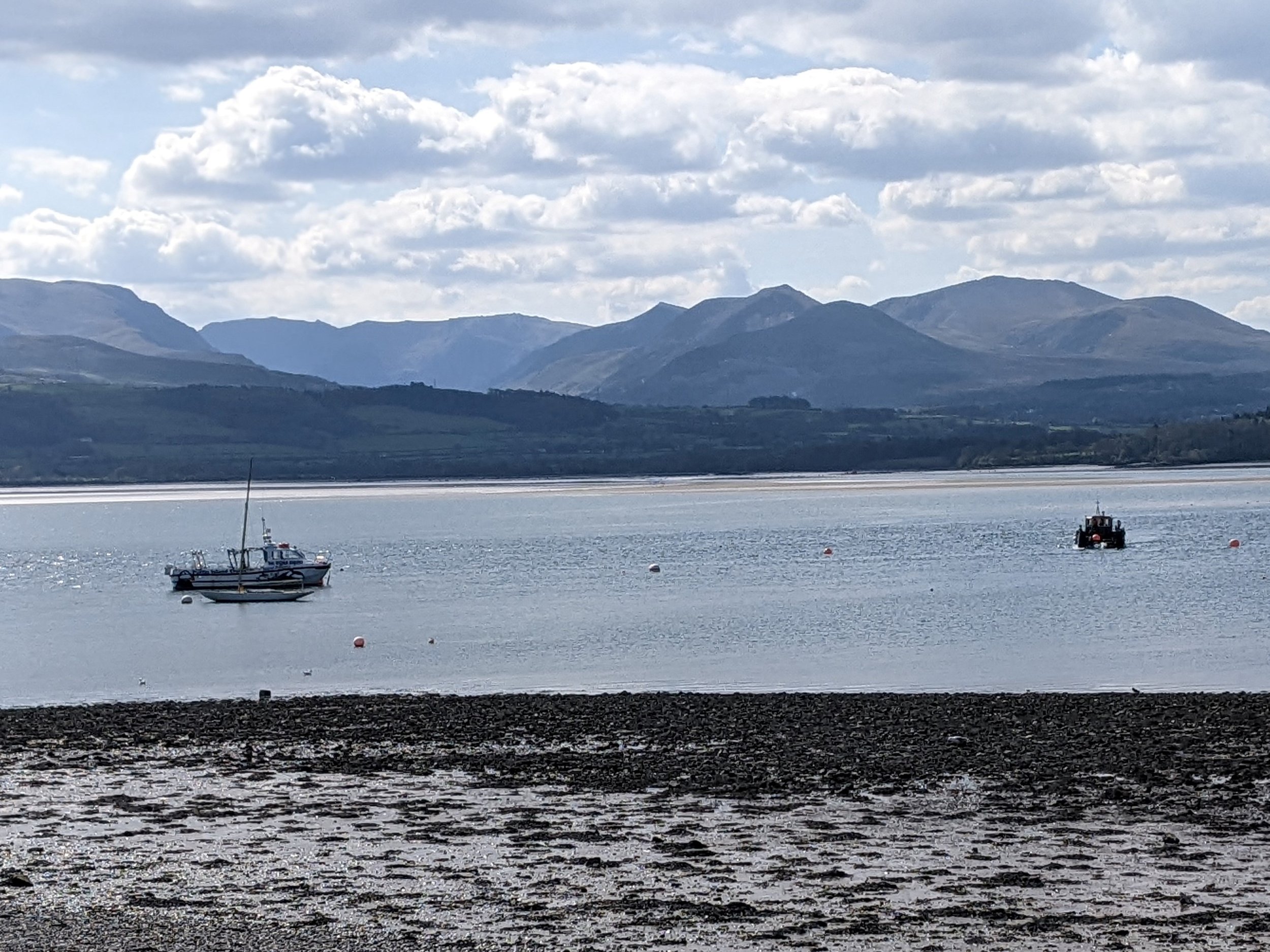After a brief visit to old friends last week, it was a long journey home diagonally through Wales from Anglesey to Monmouth, from their suburban garden back to ours
We passed through spectacular landscapes, past rocky and sandy shorelines, through rugged mountains and sheep grazed hillsides down which racing rainwater creates steep sided ravines.
Passing lower than expected rivers, scattered conifer plantations and scalped and patchy old hedges, my unease grew as I recognised a depressing lack of space for wildlife.
A few red kites soared above a feeding station but beyond that I spotted a buzzard, a few members of the corvid family and only two or three smaller birds. We were travelling through varied landscape, but not through an equal variety of functioning ecosystems, just mile after mile of sheep nibbled short grass monoculture with only tiny fragments of regeneration and valuable habitat. A surprising and beautiful rock wall dripping with water and vegetation, a patch of land not much bigger than my garden where birch saplings grew, and a few small coppices and occasional verges left for the cowslips and dandelions to flower.
Welcome as these small areas are, as such disconnected islands, they do little to help reverse our lack of biodiversity, and although change to land use in proposed and more regenerative farming and rewilding may be on the horizon, I fear changes will not be speedy or universally welcomed, so I returned home feeling quite deflated, very unlike myself.
The next morning I woke to sunshine, always a good start. In my neighbour’s garden, blossom dripped from every cherry tree branch and next door but one had left the lawn to itself and cowslips, primroses and false oxlips were in full flower. In my garden the many spring flowers were out under the apple trees, themselves just bursting into bloom, mason bees thronged around their nesting tubes and honey bees moved methodically over the rosemary, humming from flower to flower.
A peer into the pond revealed nicely fattening tadpoles sunbathing in the shallows, bluetits, goldfinches and greenfinches hung from the bird feeder until a gang of boisterous rooks took a swipe at it dislodging seed which was quickly hoovered up by a boy band of male mallards.
As diversity in vegetation and habitat fosters biodiversity, our gardens and their close connections to one another and their variety can help to save us. Nature doesn’t see our boundaries as we do, only opportunities to move around, our hedges are highways for insects, birds bats and of course hedgehogs.
Before bed we let the dog out and seeing his interest in something on the lawn I went to have look. The hedgehog’s beady eyes shone brightly back at mine and my spirits soared, our wild spaces may be wild only in small parts, but here in suburbia we can each bring wildness back to our own gardens.







